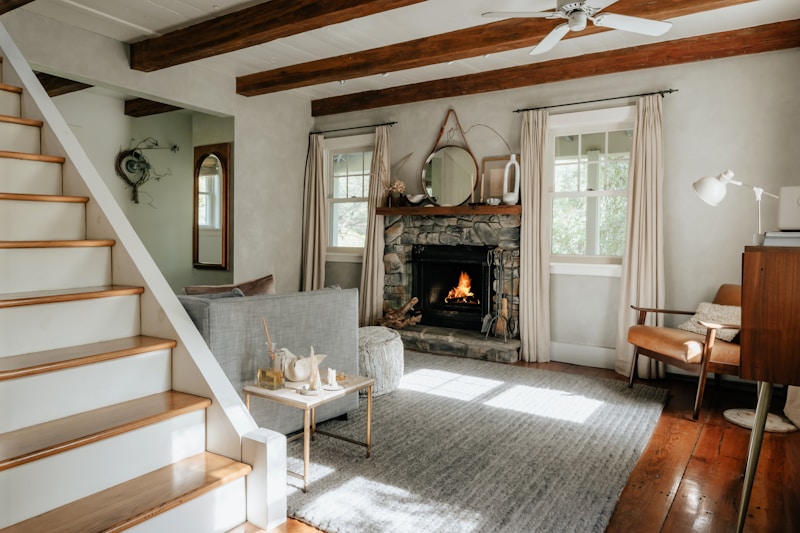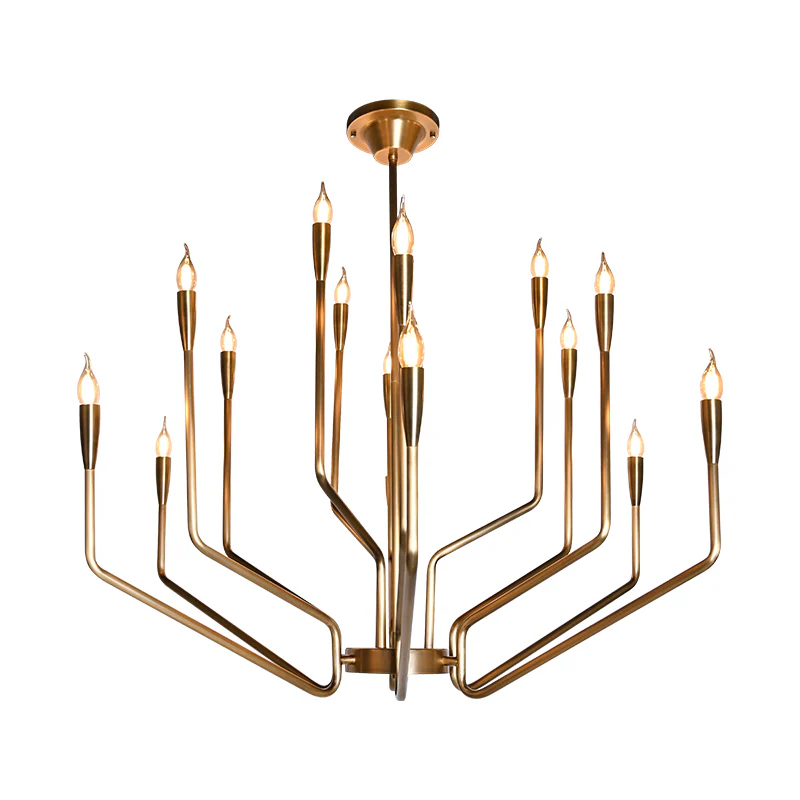How to Achieve Balance in Layered Lighting Setups?
How to Achieve Balance in Layered Lighting Setups?
Lighting is one of the most crucial elements in interior design, especially when it comes to creating ambiance and functionality in a space. Layered lighting setups can transform any room, but achieving balance is key to maximizing their potential. In this article, we will explore effective strategies for achieving balance in layered lighting setups, ensuring that each layer complements the others. We will cover various types of lighting, design tips, and troubleshoot common issues while incorporating relevant FAQs that may help enhance your understanding of this inviting concept.
Understanding Layered Lighting
Layered lighting consists of three primary types: ambient, task, and accent lighting. Together, they work in harmony to create a well-lit environment. Achieving balance among these layers can be complex but rewarding. Let’s take a closer look at each type.
| Type of Lighting | Purpose | Examples |
| Ambient Lighting | Provides overall illumination. | Ceiling fixtures, chandeliers, recessed lights. |
| Task Lighting | Helps with specific tasks. | desk lamps, under-cabinet lighting, Reading lights. |
| Accent Lighting | Highlights specific features. | Wall sconces, Picture lights, spotlights. |
Importance of Balance in Layered Lighting
Achieving balance in layered lighting setups is essential as it enhances functionality and Aesthetics. Properly balanced lighting improves visibility, reduces eyestrain, and contributes positively to mood and productivity. Consider these factors when planning your lighting:
- Light Intensity: Each layer should have an appropriate brightness level tailored to its purpose.
- Color Temperature: Warmer tones can create a cozy atmosphere, while cooler tones promote alertness.
- Directionality: Illuminating different areas with varying angles can add depth and dimension.
Steps to Achieve Balance in Layered Lighting Setups
1. Assess Your Space
Before implementing any lighting design plans, assess your space. Take note of the room's dimensions, colors, textures, and furnishings. This process helps you determine how much light you will need and where it will be most effective.
2. Choose the Right Fixtures
Select light fixtures that offer the right balance of Aesthetics and functionality. Consider the size and scale of fixtures relative to the room. For instance, a large chandelier can serve as a statement piece while providing ambient lighting.
3. Layer Your Lighting
Implement all three types of lighting. Start with ambient lighting to create the foundational layer, then add task lighting for specific activities, and lastly incorporate accent lighting to highlight architectural features or artwork. This way, you ensure every layer serves its purpose, contributing to the overall ambiance.
Common Challenges and Solutions in Layered Lighting
Although creating a balanced layered lighting setup is achievable, some common challenges may arise:
- Inconsistent Brightness: If one layer is too bright compared to others, it can cause discomfort. Use dimmers to adjust light intensity and create a harmonious effect.
- Clashing Color Temperatures: Mixing cool and warm lights can appear jarring. Stick to warm tones in cozy spaces and cooler lights in functional areas like kitchens.
- Overemphasis on One Layer: Relying too heavily on one type of lighting can lead to poor balance. Analyze each layer's contribution and adjust accordingly.
Tips for Specific Areas
Living Room
In the living room, emphasize ambient lighting with Floor lamps and overhead fixtures, complemented by task lighting in reading areas. Use accent lighting to highlight artwork or architectural features.
Kitchen
A well-lit kitchen requires strong task lighting above workspaces, such as countertops. Ambient lighting should support overall illumination, while accent lighting can highlight open shelves or display cabinets.
Bedroom
Bedrooms benefit from soft ambient lighting and layered task lighting on bedside tables. Consider accent lighting with sconces or artwork to create a tranquil atmosphere.

Conclusion
Achieving balance in layered lighting setups is an art that requires careful planning and consideration. By assessing your space, choosing the right fixtures, and layering your lighting thoughtfully, you can create an environment that is both functional and inviting. Remember to pay close attention to brightness levels, color temperatures, and accent highlights. Always be ready to troubleshoot common challenges and never hesitate to experiment with your lighting choices.
In conclusion, balance in layered lighting setups enhances not only the physical Aesthetics of your space but also your overall experience within it. When designing your lighting, consider how each layer interacts and complements the others, ensuring a cohesive and well-lit environment that works harmoniously for everyone. Happy lighting!
